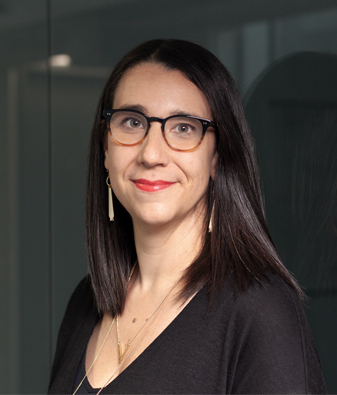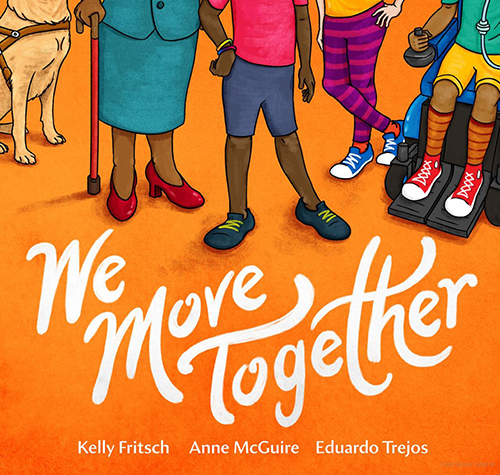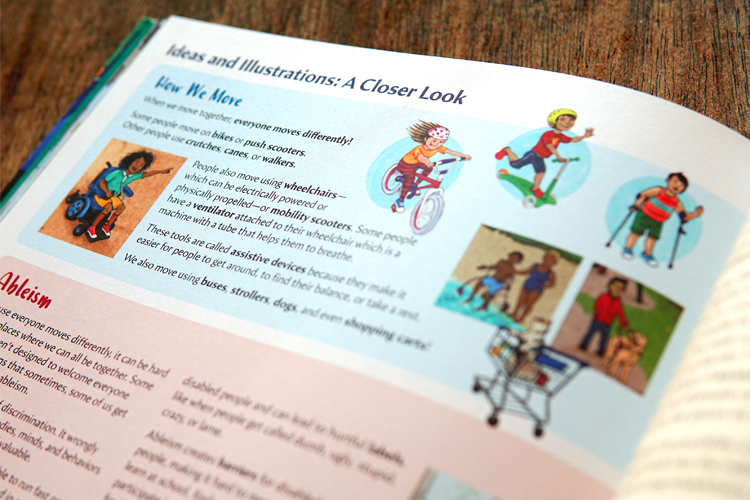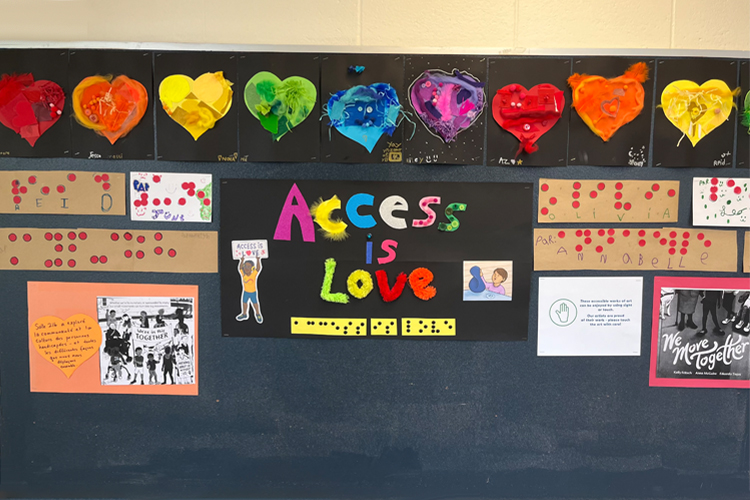In a learning exercise for her Introduction to Critical Disability Studies class, Anne McGuire invites students to dream big about what an ideal accessible classroom could look like. Some draw mock-ups by hand, while others render designs on Minecraft — a videogame where players can build anything. Many of the plans contain similar details like comfy couches, big windows and wide aisles — changes that are easy to picture within the confines of today’s typical classroom.

McGuire says when she poses that same question to children, within seconds, they have a million out-of-the-box ideas: “Right away, my 10-year-old son said, ‘I would have a slide down the middle, so I could slide right into my chair.’ That imaginative tendency for creative problem solving is so easy for kids. We unlearn it as we grow up.”
Empowering children and adults alike to imagine new possibilities for the world around them is at the heart of We Move Together, a children’s picture book about disability culture, community and social justice co-created by McGuire, an associate professor, teaching stream and the program director of New College’s Critical Studies in Equity and Solidarity program, Kelly Fritsch, critical disability studies associate professor at Carleton University and the book’s illustrator, Eduardo Trejos.

“When we first had the idea to write a book, Kelly, Eduardo and I all had young kids. We were frustrated to find that many children's books describe disability as sad or isolated in some way, through a tragedy narrative or a deficit or medical model,” says McGuire. “We set out to create a book that captures not only the individual experience, but how disability is central to our relationships and communities.”
McGuire says that most of the books she encountered relied on “tokenistic inclusion.” In one example, a scene set in a community garden includes a wheelchair-user among a diverse cast of background characters. However, the environment is inaccessible: there are no curb cuts in the sidewalk and the garden beds are not raised, preventing the character from moving freely in their community and from participating in gardening as an activity.
Contrast this vignette with one from We Move Together, where a family visits an ice cream shop together, but is surprised to see a step at the shop’s entrance, preventing access for a family member who uses a scooter. With a nod to the local-to-global, disability-led StopGap initiative, community members come together to install ramps in their neighbourhood, including at the ice cream shop, so that the family can enjoy this experience together.
“This example sparks conversations about fairness with respect to the built environment, but also challenges our understanding about where the problem lies in this scene,” says McGuire. “It highlights the practices that disabled people are already leading, while showing that we need more people to deeply engage in these practices, and what it means to move together as disabled and nondisabled people in our communities.”
Rooted in McGuire and Fritsch’s research as critical disability studies scholars and their lived experiences, We Move Together is the first picture book to introduce young readers to Disability Justice (DJ), a social movement borne out of the activism of queer and trans disabled people of colour in the early 2000s that addresses the connections between systems of oppression like ableism, racism and heterosexism. The DJ movement aims to transform society by centering those oppressed on multiple fronts as they have important insights that are critical to transformative social change.
How does a picture book effectively explain such complex topics to six-to-nine-year-olds?

“We used bright, colourful and detailed illustrations and minimal text to invite meaningful conversations between a child and their guardian or teacher about what’s happening in different scenes, and there is a glossary of terms and background information on particular settings and organizations referenced in the book to support these conversations,” explains McGuire. “For instance, there is a scene that takes place in an art gallery modelled after Tangled Art + Disability in Toronto, to make connections between what’s happening on the page and in real life.”
The authors, along with the illustrator, are touring We Move Together through primary school classrooms around North America, leading readings with young students.

Kids are observant, curious and insightful, McGuire says. “It’s about giving them the vocabulary to name and talk about what they are already noticing is happening in their world. They have this ability to adapt what they do to include people, when given the chance to think and talk about those ideas.”
We Move Together is a learning tool for not only kids, but adults, too. McGuire and her colleagues have been leading successful DJ teaching workshops with instructors using the book and its accompanying open-access Learning Guide. McGuire also teaches the book to university students in her New College course on disabled childhoods, the same course in which the book’s content is partly grounded.
Despite the age gap, the overall lesson is the same: “It’s about building a world where more of us can live and be and flourish — inviting the reader to envision what the world around them could be.”
Read more: ‘My Art, My World’: A&S community artist with Down syndrome puts a joyful spin on life’s everyday moments.

